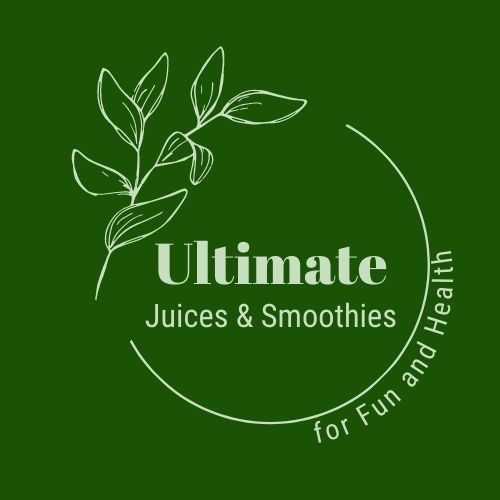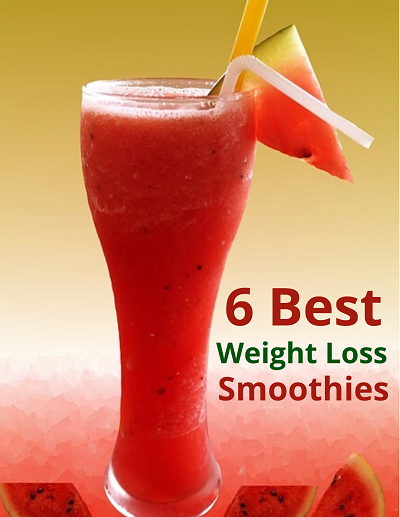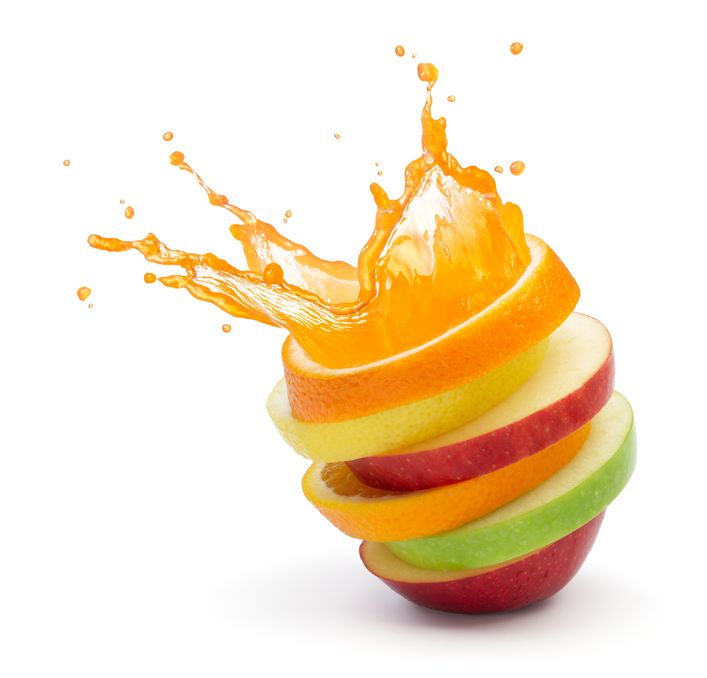Is Juicing Really Healthy?

If you’ve ever looked on any diet websites, and even on some health sites, you’ll see loads of fads. (Do such-and-such diet and you’ll lose 20 pounds / 10 kilos in a week!).
It could be said that juicing is also a fad – although I believe it’s here to stay.
Juicing is a very popular way to cleanse the body, lose weight, and greatly increase intake of vitamins and minerals. But even though it’s popular, is it actually healthy? It’s always valuable to look at the science behind a fad or trend.
The marketing messages for juicing go something like “if fruits and vegetables are good for you, then drinking them in one go each day must be great for you!”. However, the science behind juicing is a little more complex than the marketing.
The reality is that there are both pros and cons that are well worth considering before integrating juicing into your routine.
The Pros of Juicing
Many people juice vegetables and fruits on a daily basis without thinking too much about its pros and cons. Yet it’s always wise to look beyond the marketing and examine the nutritional science behind it.
Here are some of the health benefits of juicing:
- If your daily diet is poor, then juicing even on a semi-regular basis can provide your body with some much-needed nutrition.
- Because juicing removes some of the fiber content of the fresh produce, it’s really quick and easy for your body to absorb the nutrients. These important nutrients contribute to your overall health and well-being, and boost your immune system.
- The juicing process also unlocks enzymes found in some fruits and vegetables and makes them available for digestion and absorption. (This depends to some extent on the type of juicing machine you use).
- If you juice regularly you’re developing an excellent habit that is actually of great benefit. You’re thinking of your body and your health. Eating – well, drinking – healthy fresh produce every day is of massive psychological benefit to you – particularly if you previously had poor eating habits.
- This good habit can lead to other positive life-changing activities, including other healthy food intake as well as more exercise.
- Many of us don’t eat enough fruit and vegetables on a daily basis, so drinking even one small cup of freshly juiced vegetables can help our bodies.
The Cons of Juicing
Sadly, yes, there are a couple of downsides to juicing.
Some of the nutritional science behind it is still being debated in diet circles, but there are some issues that are slowly becoming more well-known.
Here are some of the cons of juicing to put the debate into perspective:
 Juicing fruits and vegetables strips away quite a lot of the insoluble fiber content (though not all). Eating fiber regularly is essential to a smooth digestive process. (To overcome this issue, go online and search for juice pulp recipes – you’ll be amazed at what you can do with the pulp that many people throw away – and it reduces food waste as well as providing fiber).
Juicing fruits and vegetables strips away quite a lot of the insoluble fiber content (though not all). Eating fiber regularly is essential to a smooth digestive process. (To overcome this issue, go online and search for juice pulp recipes – you’ll be amazed at what you can do with the pulp that many people throw away – and it reduces food waste as well as providing fiber).- Fiber helps to maintain a healthy weight, because it causes you to feel fuller for longer. Without the full amount of fiber, a glass of juice may not be satisfying enough to stop cravings for more solid food. (Note that this fibre issue does not apply when making fresh smoothies).
- Without doubt you get a super-hit of nutrition from freshly juiced vegetables and fruit. But if you juice mostly fruits, you also absorb a lot of natural sugar, which can create an abnormal spike in sugar levels. This of course is a problem especially for diabetics, and it can promote weigh gain (because the excess fructose (sugar) may be converted to fat). Which isn’t what you want. Luckily, this problem is easily overcome. Make juices from 80% vegetables, and 20% fruit, or (even better) 90% vegetables and 10% fruit. And as you’ll see in “Ultimate Juices and Smoothies for Fun and Health”, it’s easy to make really yummy fresh juices – yes, even green, really healthy ones!
- Juicing can be expensive, with a quality machine costing around $150 or more. Plus there’s the cost of all the fresh produce – sometimes many vegetables are needed to make just one glass of juice. This will be expensive over time.
Thoughts on the Health Benefits of Juicing
It seems as though juicing is here to stay, at least for the near future, but it’s wise to consider both the pros and cons behind it.
To supplement an already poor diet, drinking juice can offer superior nutritional and health benefits.
I believe it can only benefit us to find a way a way of eating (or drinking) more healthy, fresh produce that’s also enjoyable. Just follow 2 simple rules:
- Make juices with at least 80% vegetables
- Make smoothies as well as juices (also with 80% vegetables) to make sure you get sufficient fiber for better digestion and weight control
And finally, check out “Ultimate Juices and Smoothies for Fun and Health” to see how to really enjoy all those health green juices and smoothies!
Please share this post – it’s easy – sharing buttons left and below – thank you!


